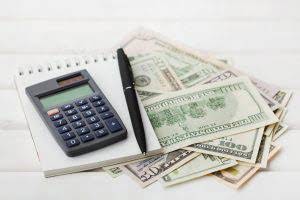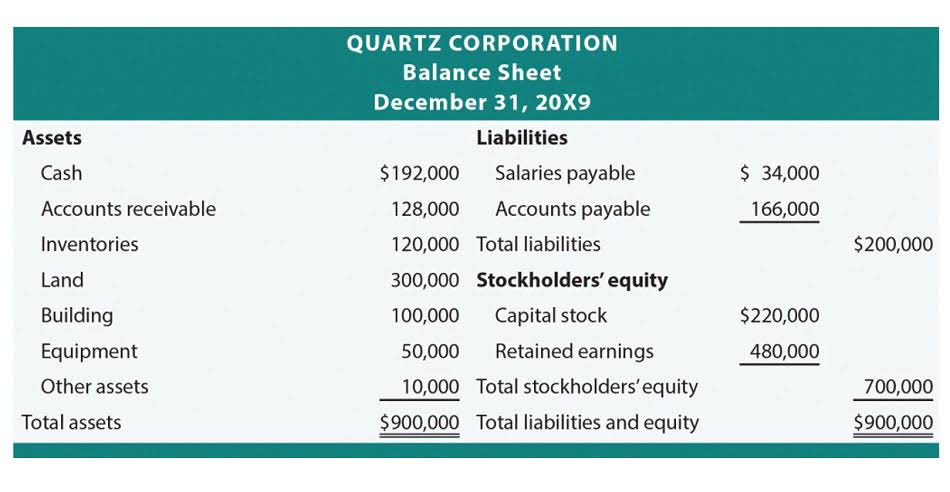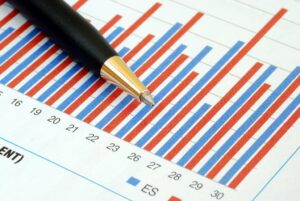Markup vs Margin Calculator Price Your Products Accurately

Margin is a figure that shows how much of a product’s revenue you get to keep, while markup shows how much over cost you’ve sold it for. There are quite a few factors to consider when opening a business. One of which is understanding the financial side of things like learning about “what is margin? ” Markup and the margin definition are two of the most important numbers that a business owner or manager needs to know. Customization options for the calculator may include adding additional fields for taxes or shipping costs, integrating with other business tools, and setting default values.
- Effective inventory management is crucial for setting competitive and profitable prices.
- For example, whether or not you buy in bulk, source your products from different vendors for different prices, and so on.
- To calculate profit margin, start with your gross profit, which is the difference between revenue and COGS.
- Then, find the percentage of the COGS that is gross profit by dividing your gross profit by COGS, not revenue.
- On the other hand, margin directly influences how much profit is made on each sale, relative to the selling price.
- In the competitive world of business, understanding the financial metrics that drive profitability is crucial.
- Imagine that you’re a food wholesaler who sells whole turkeys for $20 and that only cost you $10 to acquire.
Markup vs Margin Calculator: Know the Difference, Boost Your Profits
Depending on where you search, you can get differing answers for what markup is, and what it has to do with something called margin (or gross profit margin). Markup is based on cost and is used to set the selling price, while margin is based on the selling Outsource Invoicing price and reflects the percentage of profit. By applying the markup, you ensure that you’re not just covering costs but also making a profit. Know the difference between a markup and a margin to set goals. If you know how much profit you want to make, you can set your prices accordingly using the margin vs. markup formulas. Depending on where you search, you can get different answers for what markup is and what it has to do with something called margin (or gross profit margin).

Margin vs Markup Calculator
- This ensures a more accurate picture of profitability and allows businesses to make informed pricing decisions.
- Margin is a figure that shows how much of a product’s revenue you get to keep, while markup shows how much over cost you’ve sold it for.
- A calculator automates the process, eliminating the need for manual computations, which can be time-consuming and prone to errors.
- Margin percentage also compares your business with its competitors.
- This is because the company pays more in production costs while revenue remains the same.
- Margin, on the other hand, is the percentage of the selling price that represents profit.
For each order of the Zealot, someone will have to be there to package and sell it. That’s a labor cost that’s likely broken down into an hourly wage. The markup is 33%, meaning you sell your bicycles for 33% more than the amount you paid to produce them. But that’s not all—inFlow can help you with many other crucial tasks like setting reorder points and integrating your shipping.
Unlock Your Profitability: The Ultimate Margin vs Markup Calculator
Margin represents profit as percentage of selling price, while markup is profit percentage relative to cost. margin vs markup Margin always appears smaller than markup for same dollar profit because it’s calculated from higher revenue base. Both margin and markup are important accounting metrics that help you decide your product pricing. Markup is the amount that you increase the price of a product to determine the selling price. Though this sounds similar to the margin, it actually shows you how much above cost you’re selling a product for. Margin is also referred to as gross margin, and it’s the difference between the retail or wholesale price a product is sold for and the cost of goods sold COGS.
Understanding the difference between margin and markup is crucial for accurate financial planning and pricing. Misinterpreting these terms can lead to incorrect pricing, which could either result in lost profits or overpriced products that fail to sell. Understanding the differences between markup and margin is key to developing a strong pricing strategy for any business. By learning how to calculate both figures and understanding their implications on profitability, you can make better decisions that support long-term business success. Whether you’re working with retail pricing, cost markup, or profit calculations, mastering these concepts is crucial for maximizing your margins and setting your prices strategically.

Input Values
When talking about a product sale, margin and markup both refer to the profit made when a product is sold. To calculate markup, start with your gross profit (Revenue – COGS). Then, find the percentage of the COGS that is gross profit by dividing your gross profit by COGS, not revenue. This is where the concept of fixed markup comes in handy because it can help you automatically adjust your prices based on changes in cost. Markup is a perfect way to ensure you generate revenue on each sale.

For instance, if a product costs $50 to make and you sell it at $60, the difference between the two prices is called markup. You may also hear of margin referred to as gross profit QuickBooks margin or gross margin. The gross profit margin is used to measure the operational efficiency of a company while the net profit margin shows the actual profitability of the business. Margin is used in business to measure a business’ profitability after they’ve deducted their expenses from their revenue. Proper margin calculations and stock price will show you the actual business profit.
Understanding Markup

Markup is the percentage added to the cost of a product to determine the selling price. It is calculated based on the cost price, which means businesses add a fixed percentage to the cost of the goods in order to make a profit. Markup helps businesses cover their expenses and generate a profit margin by increasing the selling price over the cost. In business and retail, margin typically refers to the difference between the cost of a product and its selling price. This is often expressed as a percentage and is a measure of profitability. For example, if a product costs $50 to produce and is sold for $100, the profit margin is 50%.

Maintain Profit Margins
If you are a musician in a group, you know you need to know how to count music. If you are a small business owner, you should know the importance of counting inventory. Not just the actual counting of the inventory, but knowing the ebbs and flows of inventory; how much you need and when you need it. No data you enter is ever sent to our servers, stored, or tracked.
